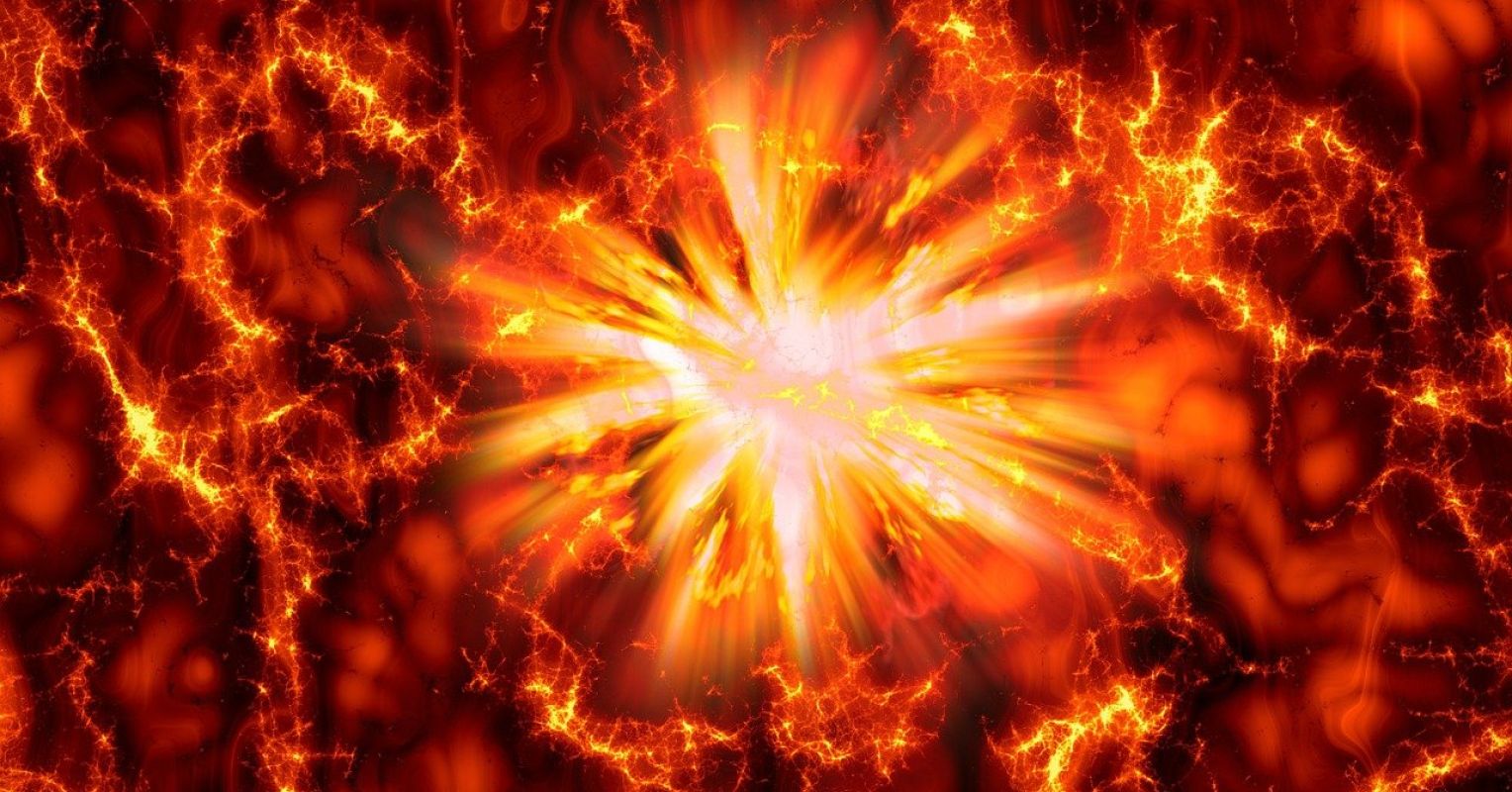
"When humans think about time, most imagine a steady flow of seconds ticking into minutes and minutes into hours which carry us from past to present to future. But in the science of quantum physics, this forward march of time might once have been very different. According to a new theory, the entire universe may have started as a swirl of possibilities, then "collapsed" into the single reality we now experience."
"In everyday life, we expect the physical things around us to behave predictably. If you toss a ball and know how fast it's traveling, you can calculate with precision when and where it will land. This predictability is what science calls classical physics. But in the quantum world, where atoms and subatomic particles are the things being tossed around, certainty doesn't exist. Instead, a mathematical equation called the Schrödinger equation predicts the probabilities of how atoms and electrons will behave, rather than exact outcomes."
"These quantum particles can also exist in what science calls superposition-meaning they exist in multiple states at once. Imagine spinning a coin so that it's both heads and tails at the same time until you stop it. This might not seem so strange for electrons or photons visible only under a microscope, but what about stars, planets, trees, and cats? To our human perception, the world seems solid and definite. This paradox is known as the quantum measurement problem."
The universe may have begun as a superposition of multiple possible states that collapsed into one definite reality, producing the forward flow recognized as time. Quantum systems follow probability amplitudes rather than fixed outcomes, and superposition allows particles to occupy multiple states simultaneously. Everyday classical predictability arises when large systems effectively measure themselves, causing definite states to emerge without invoking an external cosmic observer. This self-measurement mechanism offers a way to resolve the quantum measurement problem and bridge the gap between the timeless, probabilistic quantum realm and the ordered, time-directed classical world.
Read at Psychology Today
Unable to calculate read time
Collection
[
|
...
]